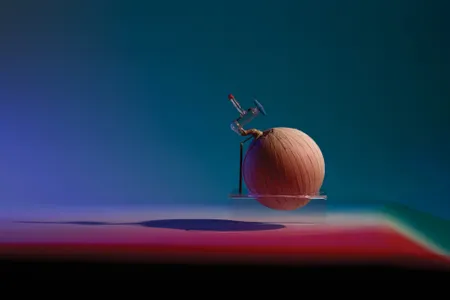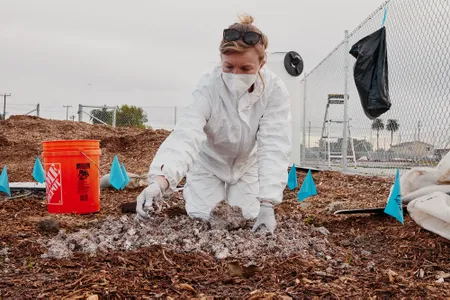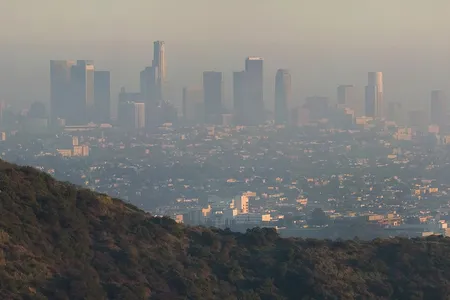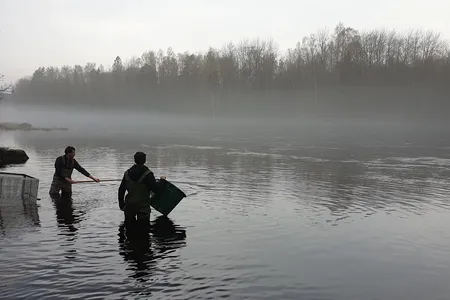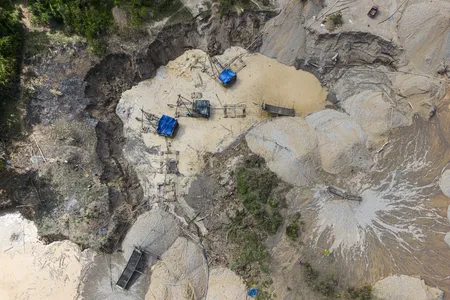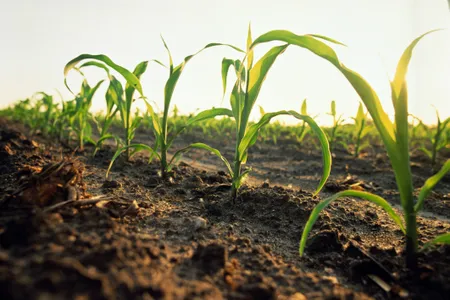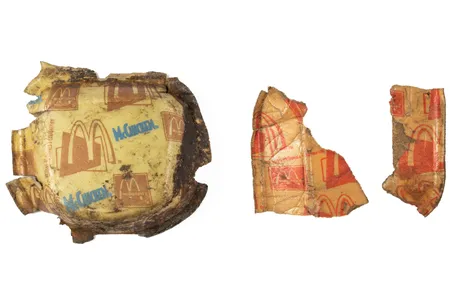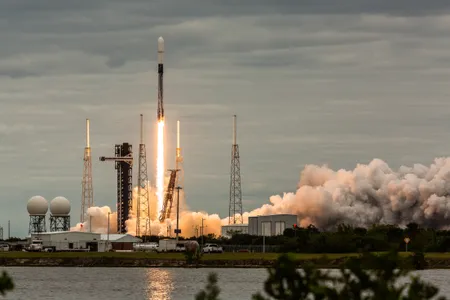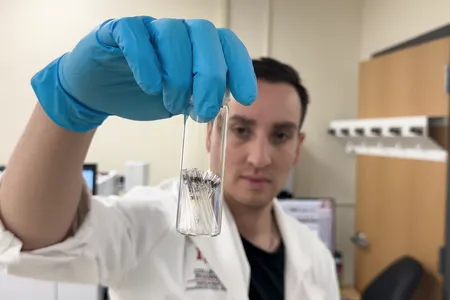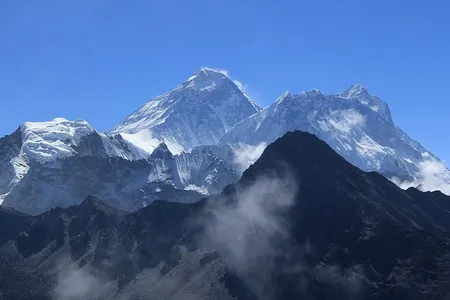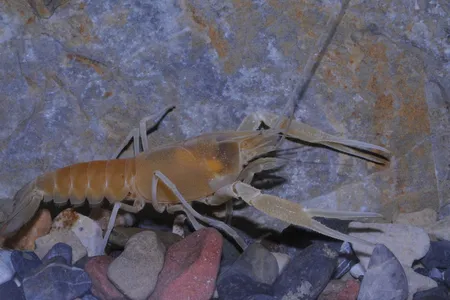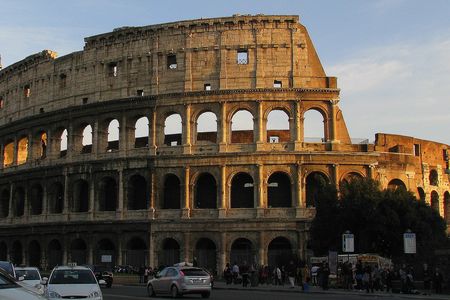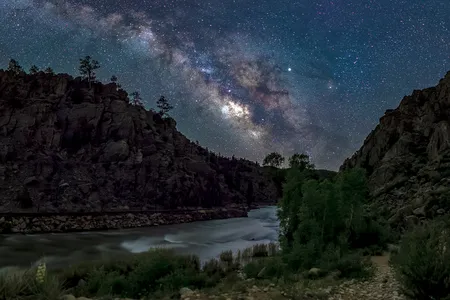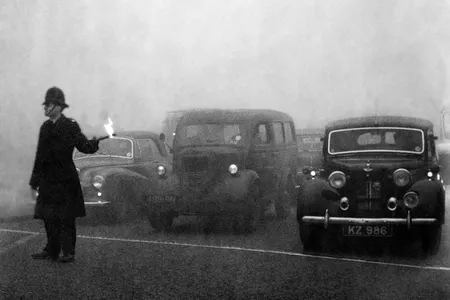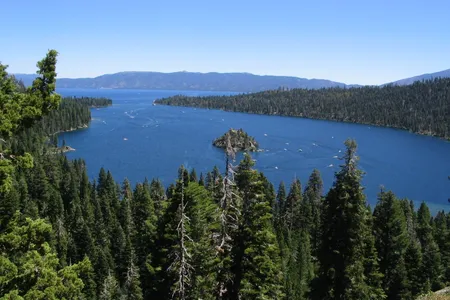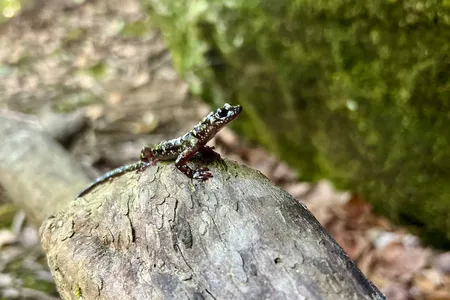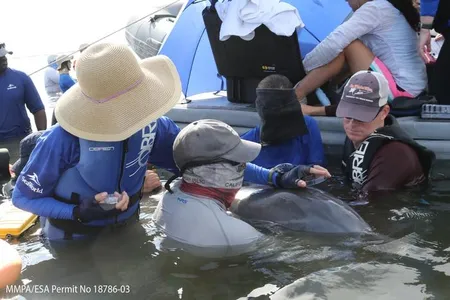With Space Junk on the Rise, Is a Catastrophic Event Inevitable?
Debris from rockets and satellites can fall back to Earth or collide with other objects, and wreckage that burns up can harm the ozone layer
This Simple but Ingenious Instrument Helped the World Measure Carbon Dioxide Levels in the Atmosphere
Scientist Charles Keeling’s invention had a profound effect on scientists’ understanding of the severity of the climate change crisis
Can Scientists Harness the Magic of Mushrooms to Clean Up Polluted Landscapes?
Researchers and grassroots activists are working with fungi to restore damaged environments
Nearly Half of Americans Still Live With High Levels of Air Pollution, Posing Serious Health Risks, Report Finds
The most recent State of the Air report by the American Lung Association found that more than 150 million Americans breathe air with unhealthy levels of ozone or particle pollution
Chattanooga Just Became North America’s First National Park City. Here’s What That Means
The designation was awarded by a London-based charity that aims to make cities more like national parks: “greener, healthier and wilder”
Salmon Are Being Exposed to Our Anti-Anxiety Medication, and It’s Making Them Take More Risks, Study Suggests
Atlantic salmon exposed to a common anti-anxiety drug migrate faster, according to new research. That’s not necessarily a good thing
Tree Rings Bear Witness to Illegal Gold Mining Operations in the Amazon, New Study Finds
Mercury concentrations in fig trees could provide useful information about mining activity in the rainforest over time
Microplastics Are Making Photosynthesis Harder for Plants—and That Could Slash Crop Yields, Study Suggests
On average, these little particles could reduce photosynthesis in plants and algae by up to 12 percent, according to the paper
These Bird Nests Are Full of Trash, Including Some That’s 30 Years Old
Scientists studying Eurasian coots in Amsterdam found layers of decades-old garbage in their urban nests
SpaceX Rocket Stage Burns Up Over Europe and Crashes in Poland, While Blue Origin Debris Washes Ashore in the Bahamas
The SpaceX rocket failed to deorbit properly, and the Blue Origin debris had already landed as planned in the ocean
Oldest Known Evidence of Lead Pollution Found in Ancient Greece
New research has uncovered the earliest traces of lead contamination caused by human activities, linking the development of ancient metal smelting practices to long-term environmental change
The Human Brain May Contain as Much as a Spoon’s Worth of Microplastics, New Research Suggests
The amount of microplastics in the human brain appears to be increasing over time: Concentrations rose by roughly 50 percent between 2016 and 2024, according to a new study
The Price to Climb Mount Everest Will Rise to $15,000 This Year
Foreign climbers who want to try reaching the top of the 29,032-foot-tall peak will face higher permit fees in Nepal starting in September
Freshwater Animals Are More Fragile Than Thought, With Nearly a Quarter Threatened With Extinction, Study Finds
Species in Lake Victoria, Lake Titicaca, Sri Lanka’s Wet Zone and the Western Ghats of India are particularly vulnerable to the effects of agriculture, human infrastructure and climate change, per the paper
Ancient Romans Breathed in Enough Lead to Lower Their IQs, Study Finds. Did That Toxin Contribute to the Empire’s Fall?
Using Arctic ice core samples, researchers estimate silver mining and smelting released enough lead during the Pax Romana to cause a 2.5- to 3-point drop in IQ
A New Dark Sky Park in Colorado Offers a Front-Row Seat to the Cosmos
This week, Browns Canyon National Monument, a 21,586-acre protected natural area in central Colorado, achieved International Dark Sky Park certification
How an Extreme Combination of Fog and Air Pollution Brought London to a Standstill and Resulted in Thousands of Fatalities
On this day in 1952, buses stood still, cars were abandoned in the street, and residents couldn’t see even a few feet in front of themselves as the lethal Great Smog descended on the city
Crews Remove Miles of Abandoned, Lead-Coated Telephone Cables From the Bottom of Lake Tahoe
The cables have been resting on the lakebed for decades, raising fears from environmentalists and residents about possible lead contamination
Hurricane Helene Battered the ‘Salamander Capital of the World’ With Floods and Landslides. Will the Beloved Amphibians Survive the Aftermath?
The storm decimated a region rich with dozens of species already struggling with habitat loss and disease
Scientists Have Found Microplastics in Dolphin Breath for the First Time
Each of the 11 dolphins sampled exhaled at least one suspected particle of microplastic, which researchers say “highlights how extensive environmental microplastic pollution is”
Page 1 of 23

